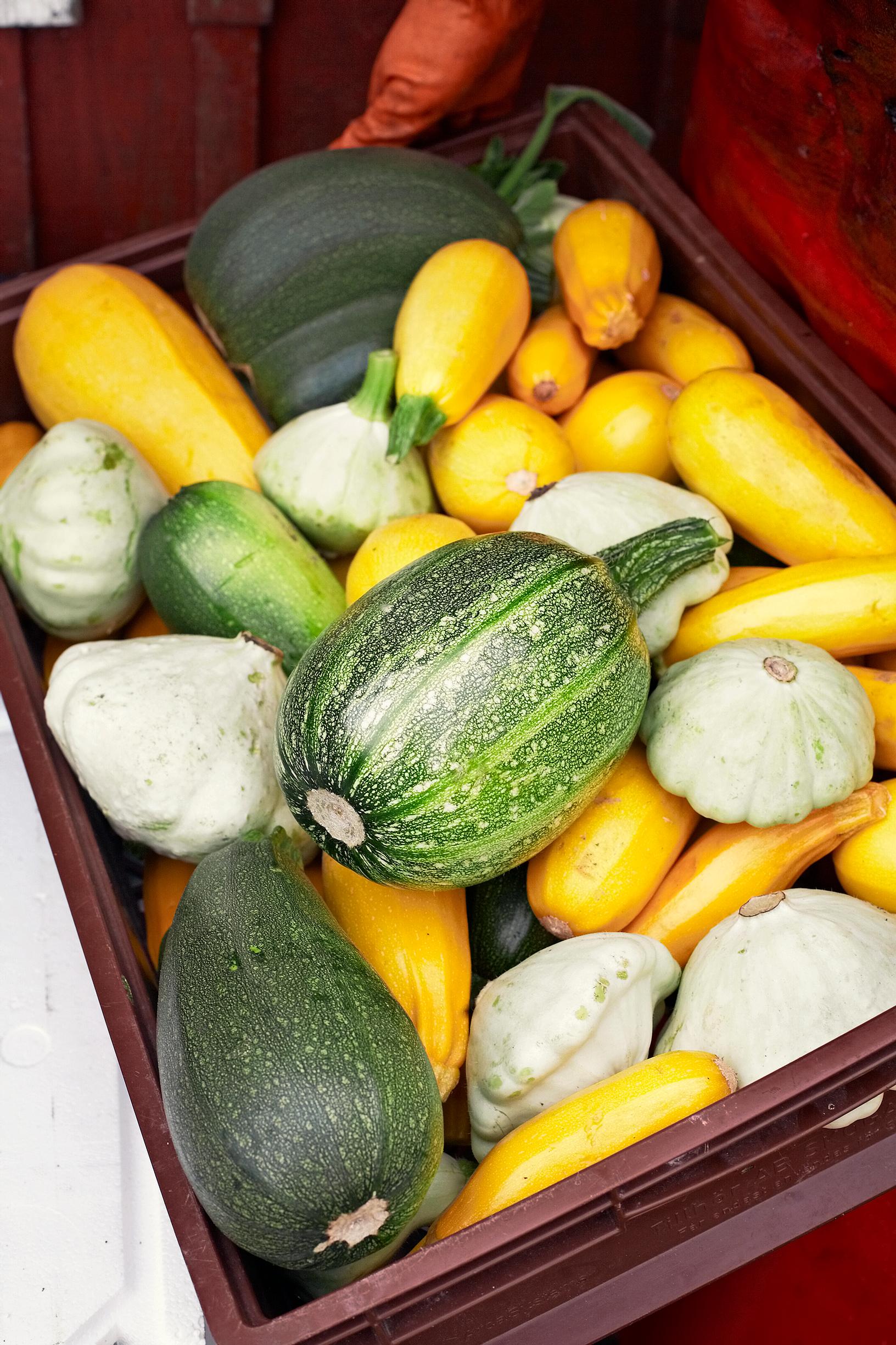
Growing zucchini—here’s how to get a plentiful and delicious harvest
It’s best not to start growing zucchini too early, as a long-lasting seedling phase and a chilly early summer can be fatal to young plants. Read on for tips to ensure a tasty harvest!
Growing zucchini is a fun project, as it’s one of the most productive vegetables in any home garden. Before harvest time, however, it must survive early summer, which challenges this heat-loving plant in many ways. Cold winds, low temperatures, and chilly rains can halt the zucchini’s growth, make the soil too cold, and turn protective covers into a soggy mess on top of the seedlings.
How to grow zucchini?
Site
Prepare a nutrient-rich, aerated raised bed in a sunny, sheltered spot. A vining variety can also be grown in a greenhouse and supported in the same way as a tomato.
Soil
A nutrient-rich, humus-filled, airy soil with a pH of 6–7 is ideal. A planting box, raised bed, or hot bed will keep the zucchini’s roots happy.
Starting seedlings
Sow zucchini seeds individually in small pots about 3–4 weeks before planting them out in late May. Avoid a seedling phase over one month long.
Planting
It’s best to plant zucchini in early June, once the risk of night frost has passed. Gradually acclimate the cold-sensitive seedlings to the outdoors under garden fleece before planting. If you want to plant earlier, be prepared for frost and protect your seedlings with multiple layers of fleece. A tunnel, a raised bed, or a covered growing box retains heat and shields the plants from wind. Space bush varieties 70–100 centimeters apart.
In warm soil, seeds will sprout in just a few days.
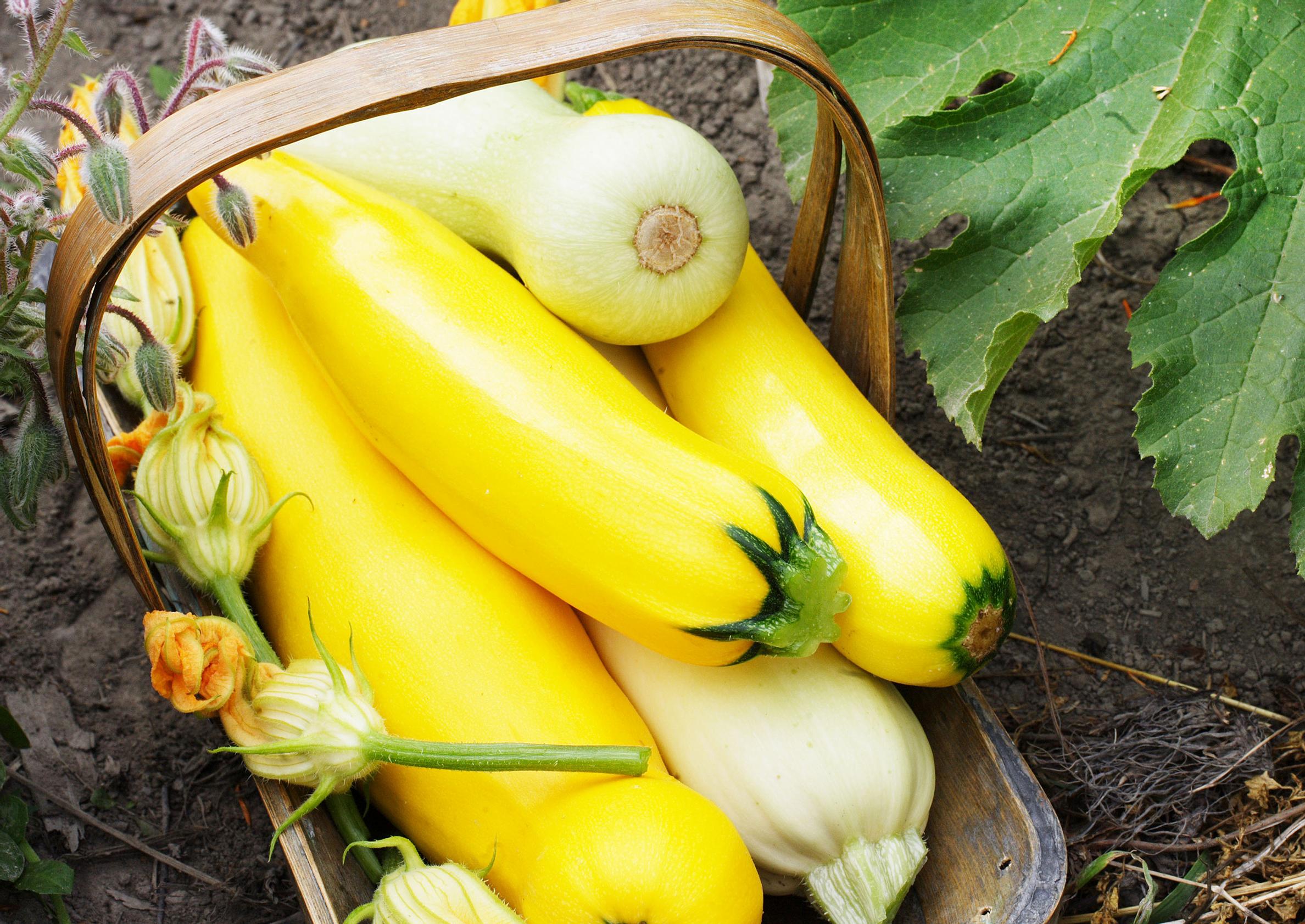
Direct sowing
This is possible in southern areas. Pre-germinating seeds between sheets of damp paper towel will speed up sprouting. Sow the seeds in the bed once the soil has warmed to at least 13°C, then cover with fleece. In cold, wet soil, seeds are prone to rotting.
Container growing
For container growing, choose a compact zucchini variety and use a container at least 35 centimeters in diameter. Place containers close together to ensure pollination. You can also grow zucchini in a grow bag, which can accommodate 1–3 plants, depending on the variety.
Make use of boxes and grow bags, as well.
Watering
Avoid watering zucchini with cold water or in cool weather. Use warm water and keep the soil consistently moist.
Fertilizing
Zucchini plants need extra nitrogen during the summer. Supplement the plants throughout the summer with a liquid fertilizer, chicken manure, bokashi liquid, nettle brew, or grass clippings.
Female and male flowers must be open at the same time for zucchini’s pollination to be successful.
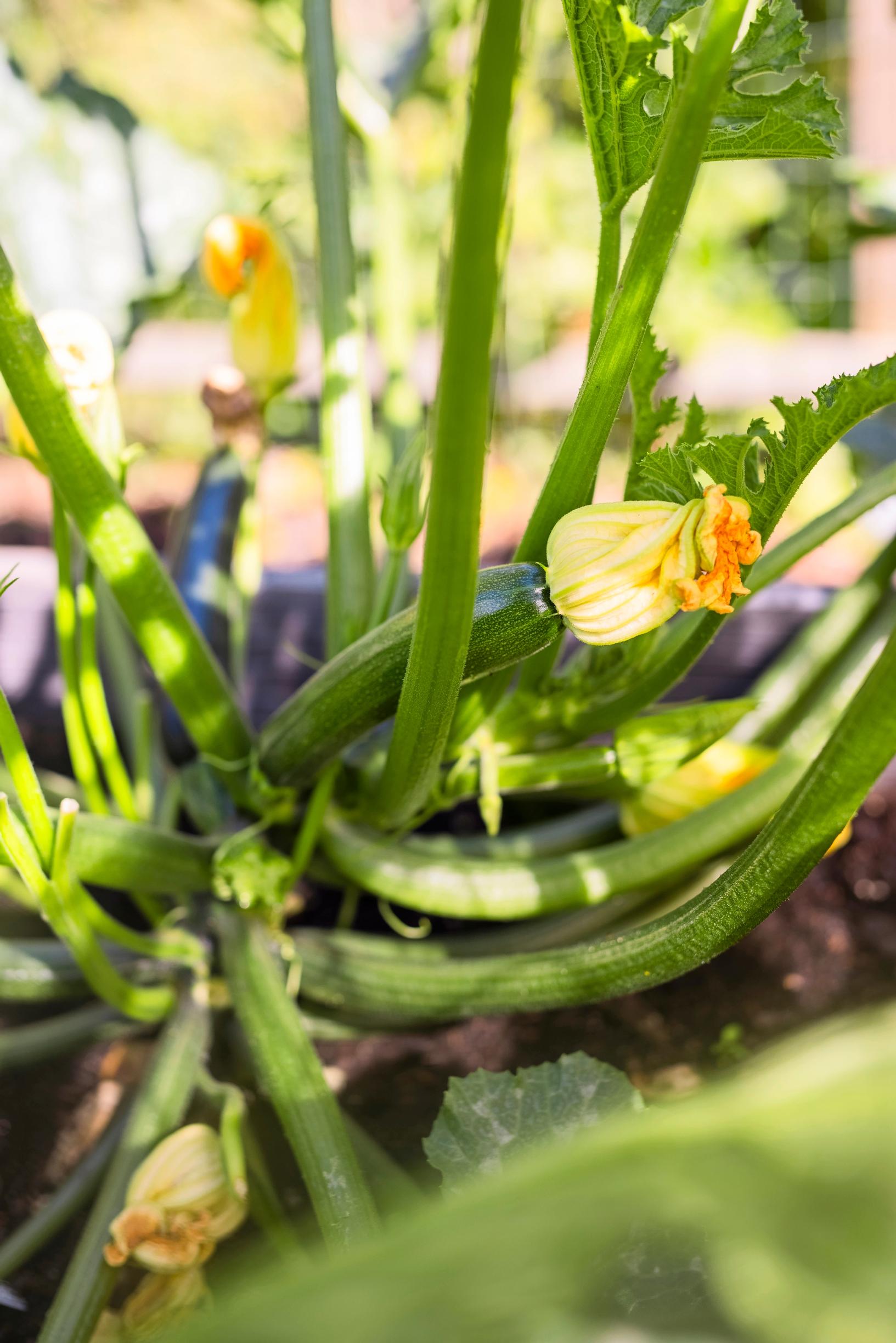
Pollination
Nearly all varieties require pollination, so the plant must have both male and female flowers blooming simultaneously. Remove any fleece once the zucchini starts flowering so pollinators can access the blooms. If no insects appear, you can pollinate by hand with a small brush.
Harvest
Earliest varieties typically produce a crop about two months after sowing. In general, harvest starts around 4–6 weeks after transplanting, running from July through early September.
The first to mature are early varieties, while Italian heirlooms and many dense-fleshed scallop squashes can take several weeks longer.
Pick zucchini nearly every day—once the plants get going, the fruits will swell at an astonishing rate. Turn this rapid growth to your advantage by harvesting some while they’re still tiny. Small fruits have thin skins and a flavorful taste. If you let them grow larger, the skin hardens and they keep longer. Store at around 10°C.
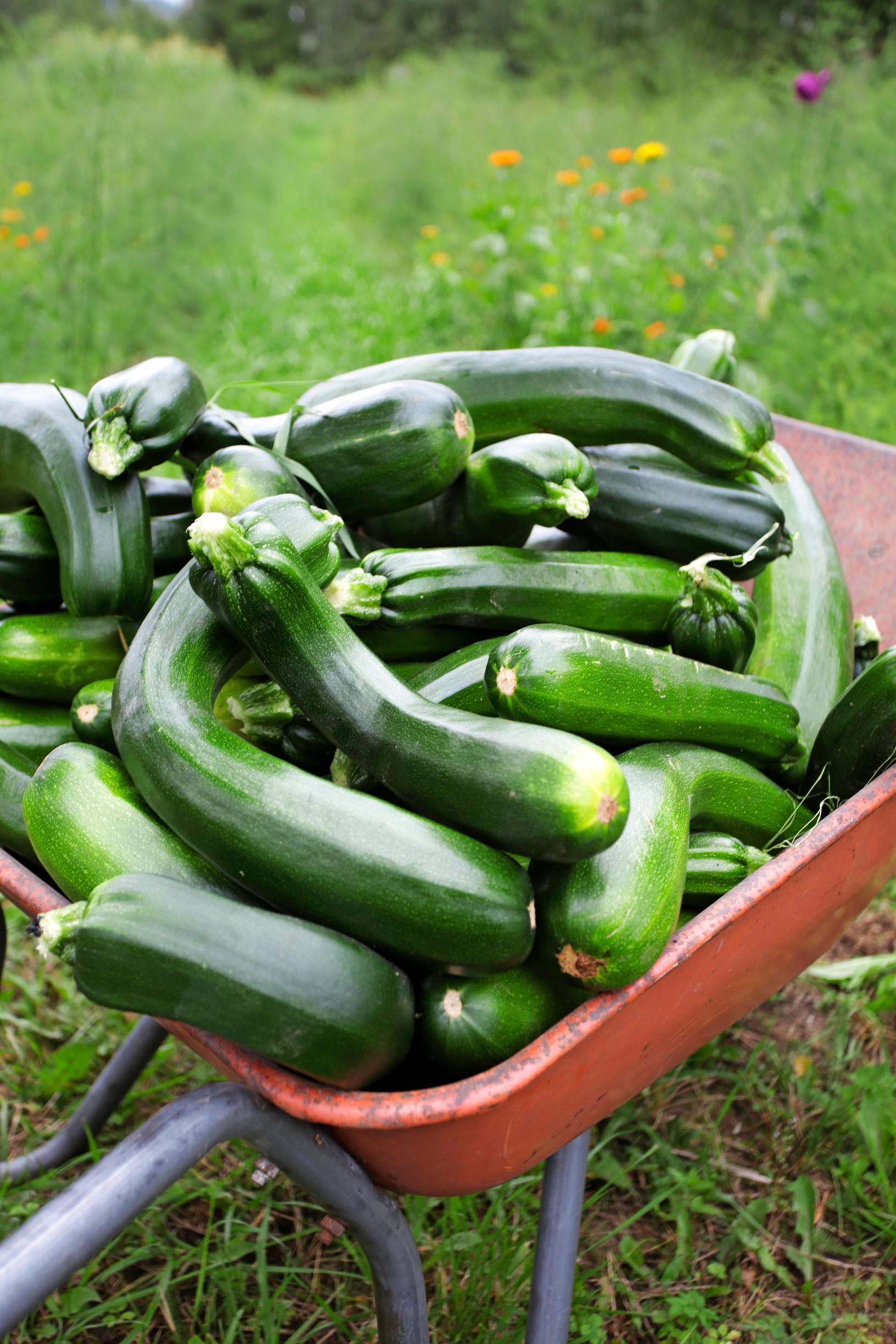
Using zucchini
Small, tender zucchinis taste great on their own or in salads. Even a large fruit is usable as long as the flesh is firm and the fruit feels heavy for its size. Fruits that have grown large are ideal for cooked dishes.
During peak season, you’ll have plenty of blooms to stuff and bake as well. Draw inspiration from southern Europe and pick slender zucchinis before the bright yellow blossom has wilted away.
Growing zucchini step by step—here’s how to succeed!
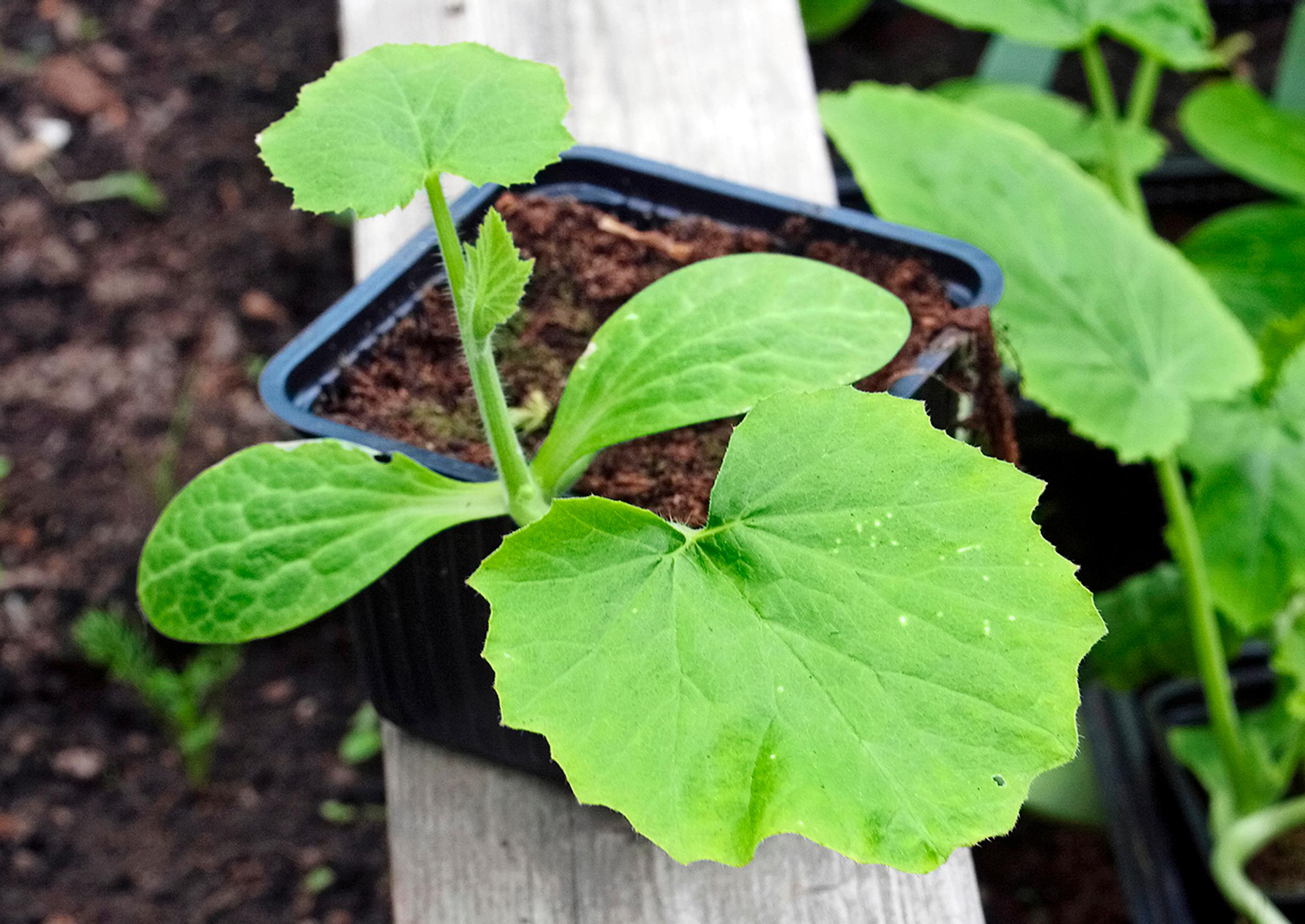
1. Start zucchini seedlings a few weeks early to speed up harvest. Plant them out at around three weeks old, when they have their seed leaves plus a couple of true leaves. A spacing of around 80–100 cm is ideal for growing zucchini. Compact varieties are suitable for container planting.
When planting the seedlings, place a bit of organic fertilizer, such as chicken manure or composted horse manure, at the bottom of the planting hole. Grass clippings make great mulch. They help retain moisture, reduce weeds, and provide nutrients.
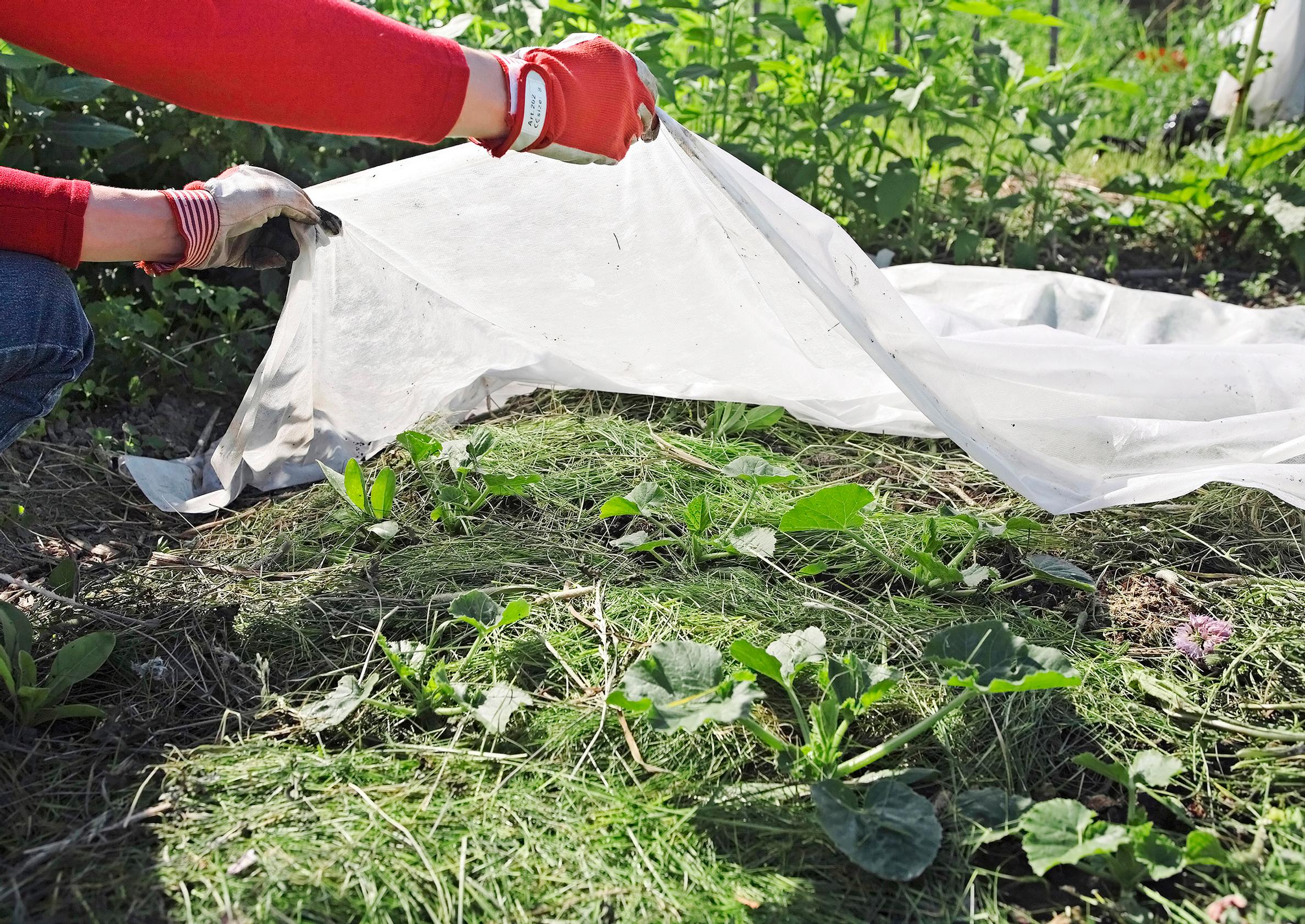
2. After planting, cover the zucchini seedling with garden fleece. Protecting young plants from heavy rain is also advisable, as soggy, cool soil can weaken their roots. You can use a plastic tunnel, a seedling dome, or even old window frames to provide shelter. If the temperature is below 10°C, keep the fleece over the plants.
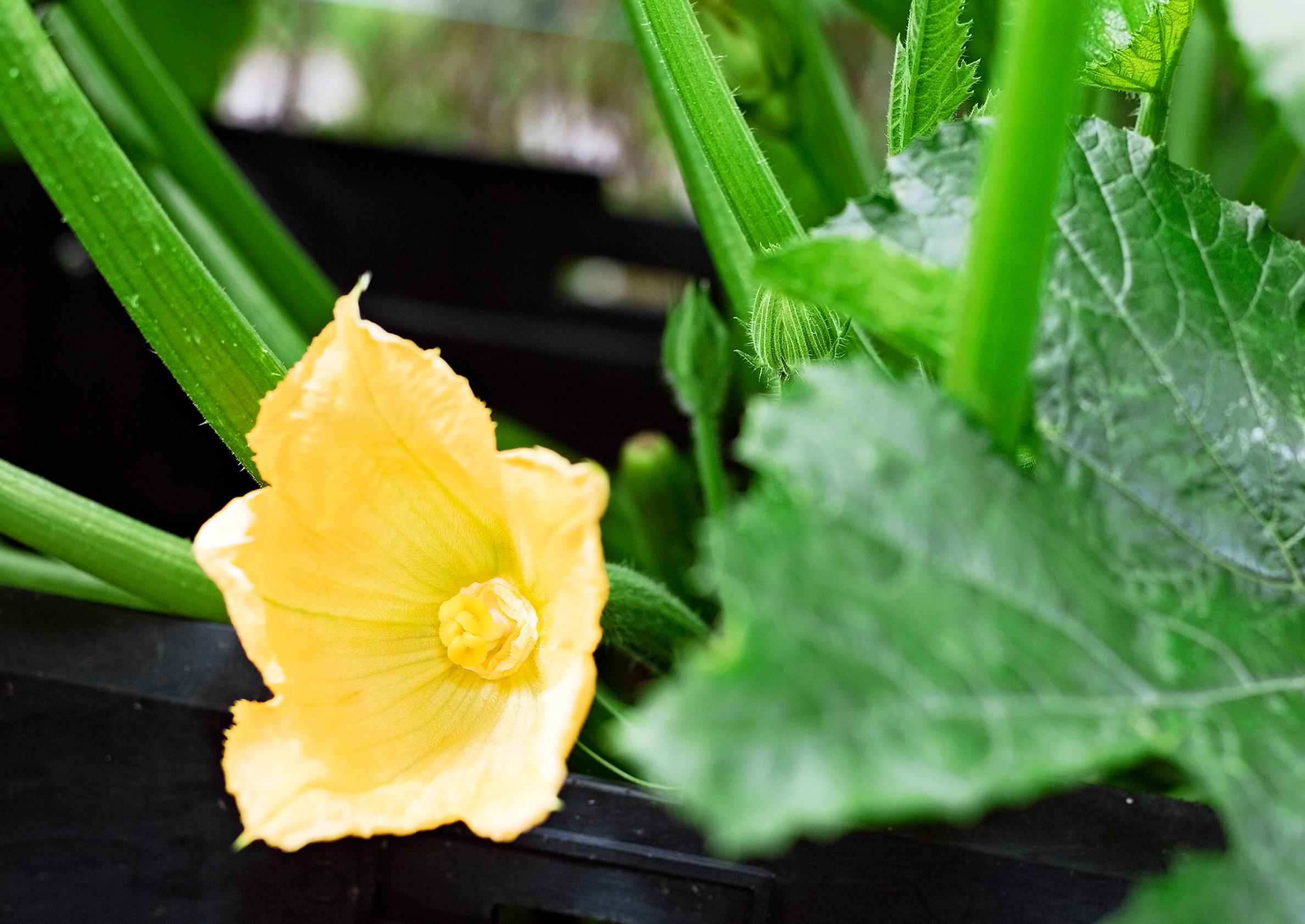
3. Remove the cover once the zucchini starts flowering. You can assist pollination by transferring pollen from male flowers to female flowers with a small brush, which can be especially helpful on balconies or in greenhouses.
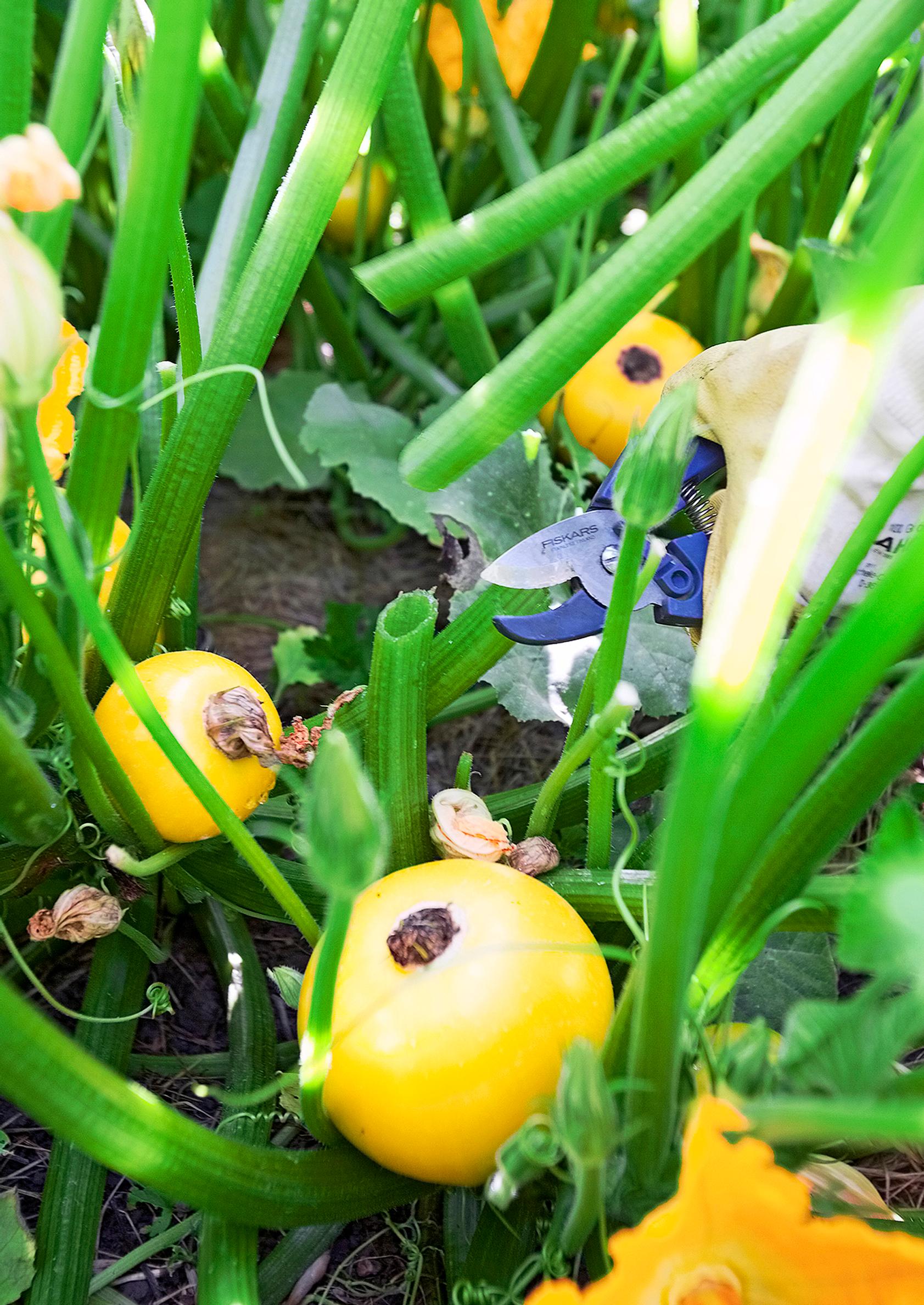
4. Remove wilted flowers and any fruit that fails to develop. Rot can be a problem when the weather is damp in late summer and fall. If your plant is dense, you can also remove a few lower leaves to improve airflow and help it dry faster.
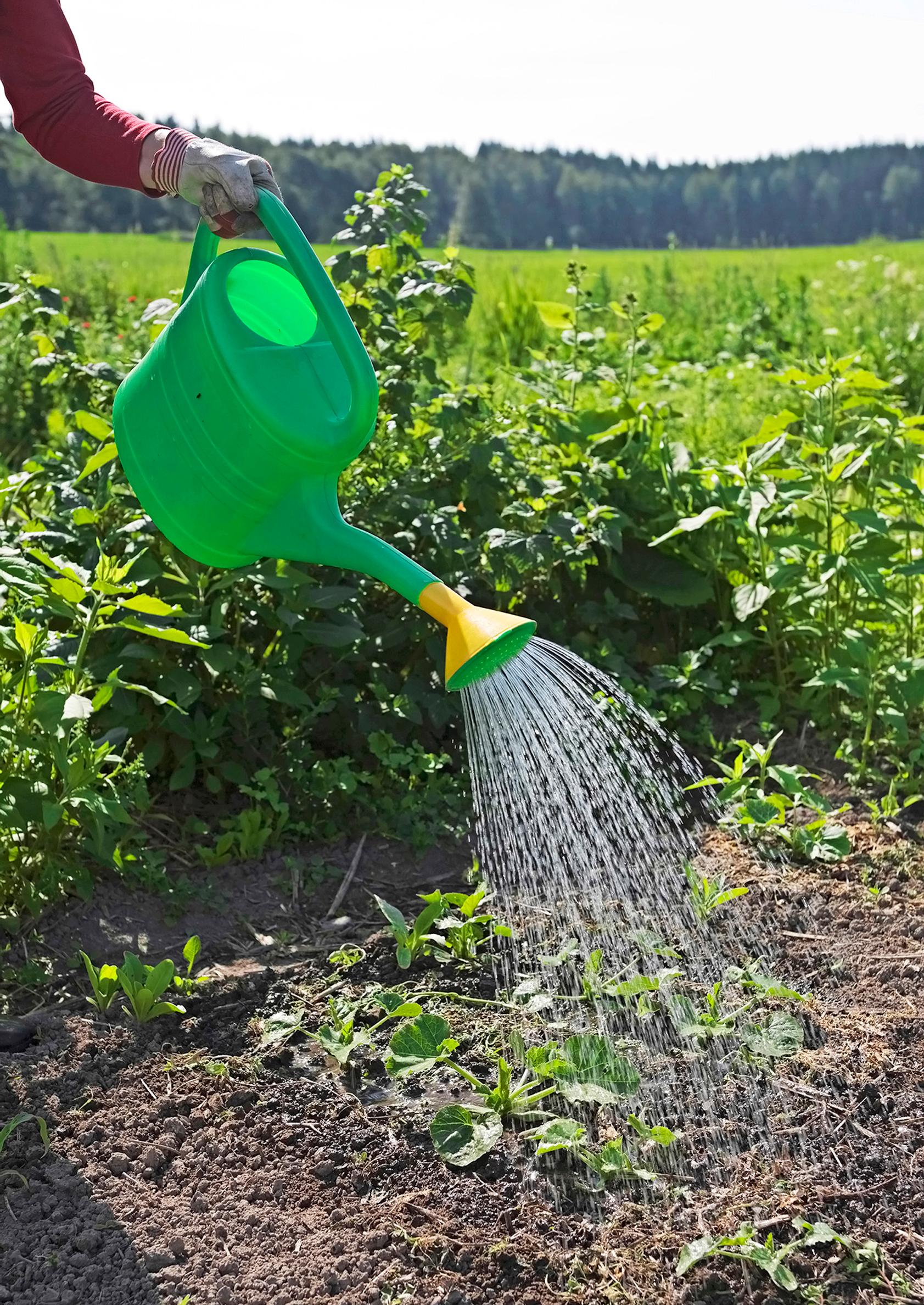
5. Provide adequate watering and add extra nitrogen in July. Vigorous varieties that develop abundant foliage need more nitrogen than compact types. Too much nitrogen can cause the fruits to swell very quickly and increase the ratio of male flowers to female flowers.
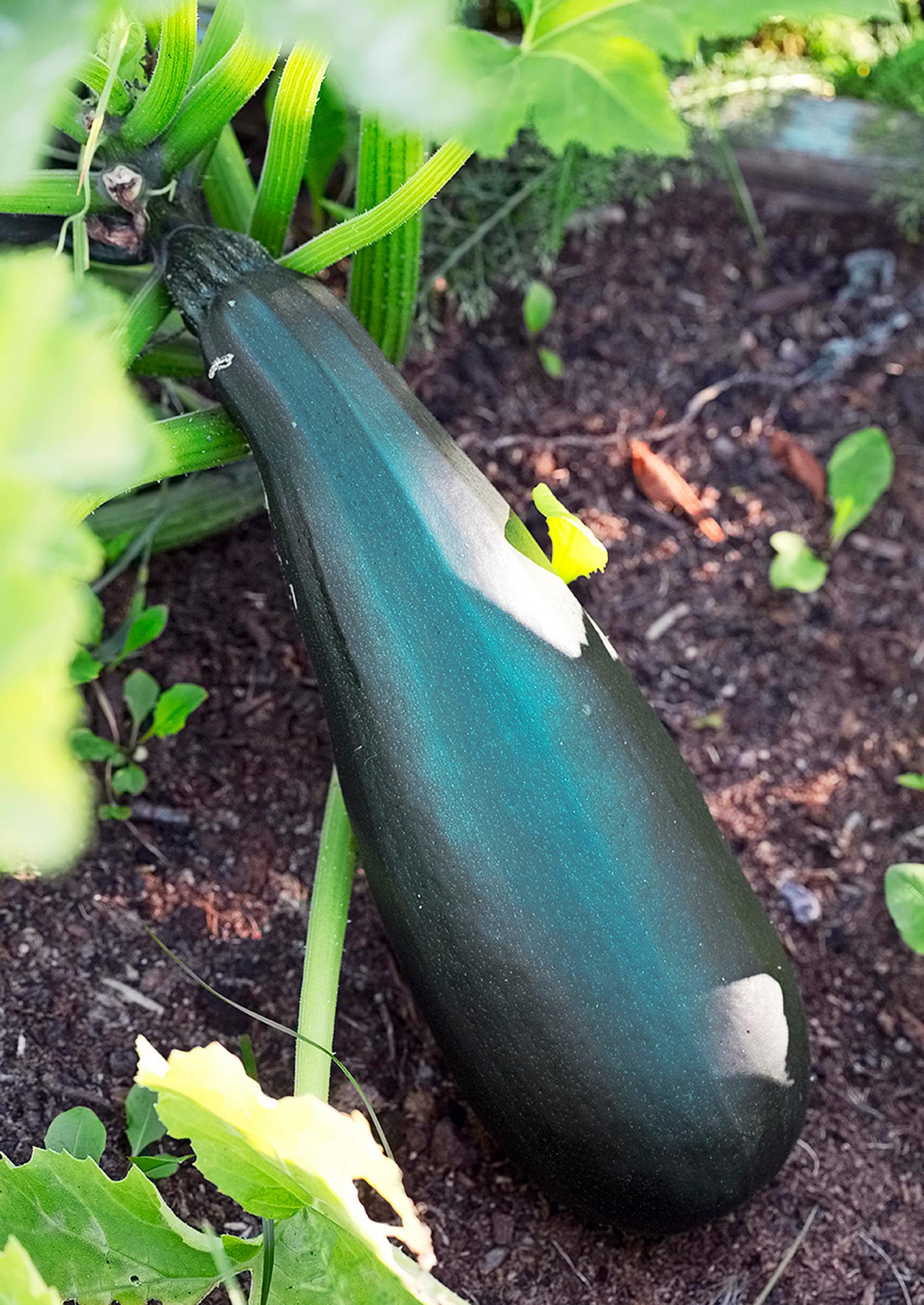
6. Check the seed packet for the ideal harvest size of your zucchini variety. Use smaller fruits as soon as possible after picking. If there are plenty of young fruits, harvest some when they’re still mini-sized. This keeps the plant producing a steady supply. Remove any large zucchini to keep the plant’s energy focused on generating new fruits.
Zucchini—varieties:
Most zucchini varieties are bush types, with a few that produce long vines. Smaller varieties are great for container growing. The shape of the fruit ranges from oblong to round and scalloped.
Oblong varieties:
- ‘Gold Rush’ F1: A well-known, prolific, golden-yellow variety with large, dense foliage. Matures in about 55 days.
- ‘Diamant’ F1: A common green-striped variety. Matures in about 55 days.
- ‘Zuboda’: Elongated, dark, marbled fruits. Very productive.
- ‘Albarello’: Striped, pale green, firm fruits. Popular in Italy.
- ‘Black Beauty’: Very dark green fruits with tender flesh, producing steadily over a long season. Matures in about 60 days. Developed in 1931.
- ‘Patio Star’ F1: Ideal for container growing. Compact, small-leaved. About 80 days from sowing to harvest.
- ‘Midnight’: A thornless variety developed for container growing.
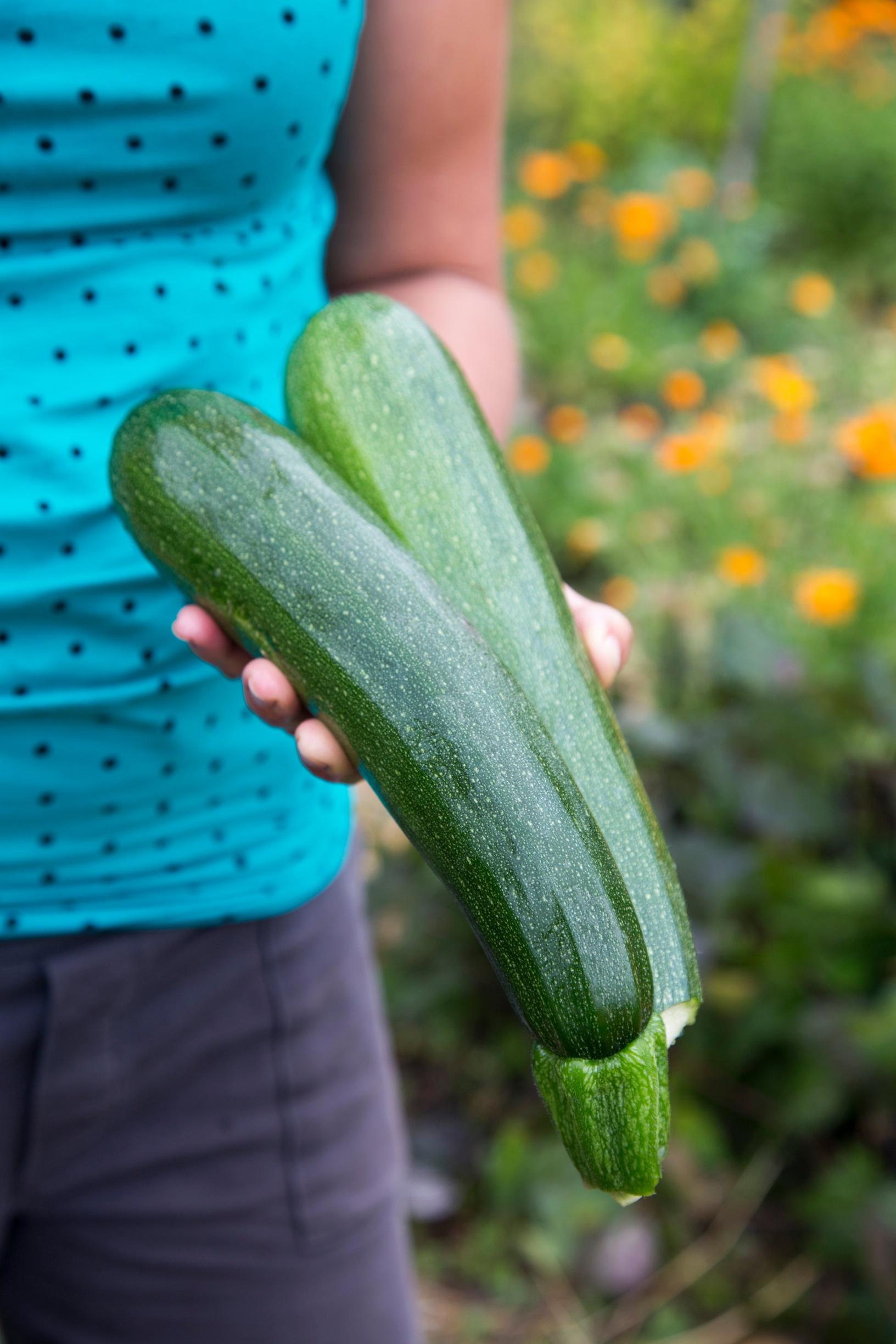
Scallop types:
- ‘Sunburst’ F1: An early variety, matures in about 50 days. Yellow, high yielding, and also suitable for picking small.
- ‘Custard White’: White fruits.
- ‘Twinkle’ F1: Golden yellow.
- ‘Atena Polka’ F1: Golden yellow, fast growing.
- ‘Scallopini’: An old variety dating back to the 18th century. Harvest the decorative fruits when they’re about 10 cm across or larger.
Round varieties:
- ‘Rondini’: A vining variety with green skin and orange flesh. Harvest when fruits are 10–15 cm in diameter. Fully matured fruits can keep until December.
- ‘Eight Ball’ F1: A quick, vigorous grower. Harvest fruits when they’re no more than 10 cm across.
- ‘Tondo Chiaro di Nizza’: An old variety popular in France and Italy. The striped fruits are best at around 20 cm in diameter.
- ‘Baby Round’ F1: A fast-growing variety. Harvest fruit at under 10 cm.
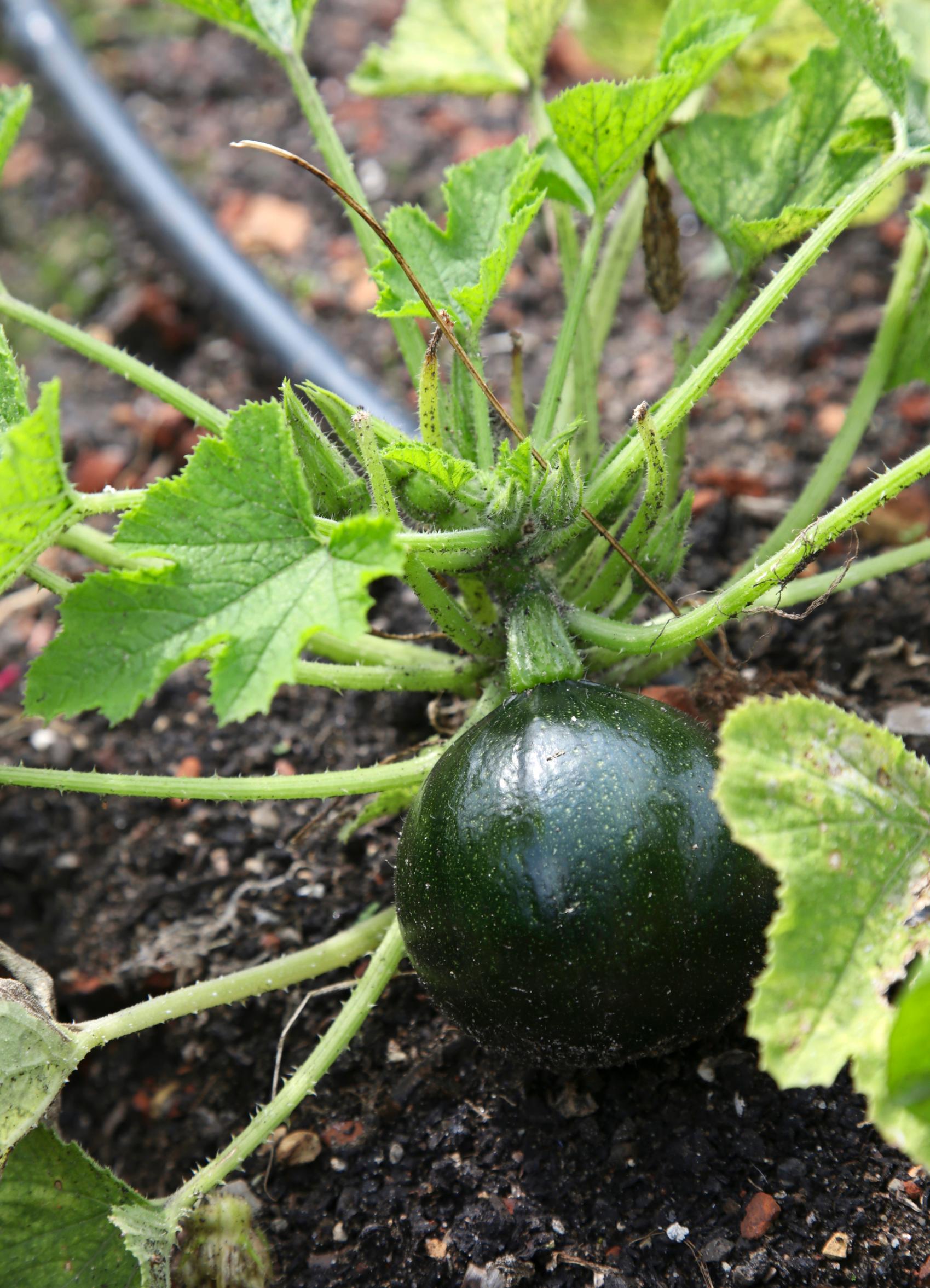
Early varieties:
- F1 hybrids: ‘Gold Rush,’ ‘Ambassador,’ ‘Diamant,’ ‘Zuboda,’ ‘Sunburst,’ ‘Primula,’ ‘Atena,’ ‘Polka,’ and ‘Latino.’
Zucchini varieties for different growing conditions
- For containers: Compact varieties like ‘Bush Baby’ F1, ‘Pic n Pic’ F1, ‘Patio Star,’ and ‘Midnight.’
- For small spaces: The nearly thornless ‘Keesha’ F1.
- For trellising: Vining types ‘Ola Escaladora’ and ‘Black Forest’ F1.
- For greenhouses: Parthenocarpic (does not require pollination) ‘Partenon’ F1.


